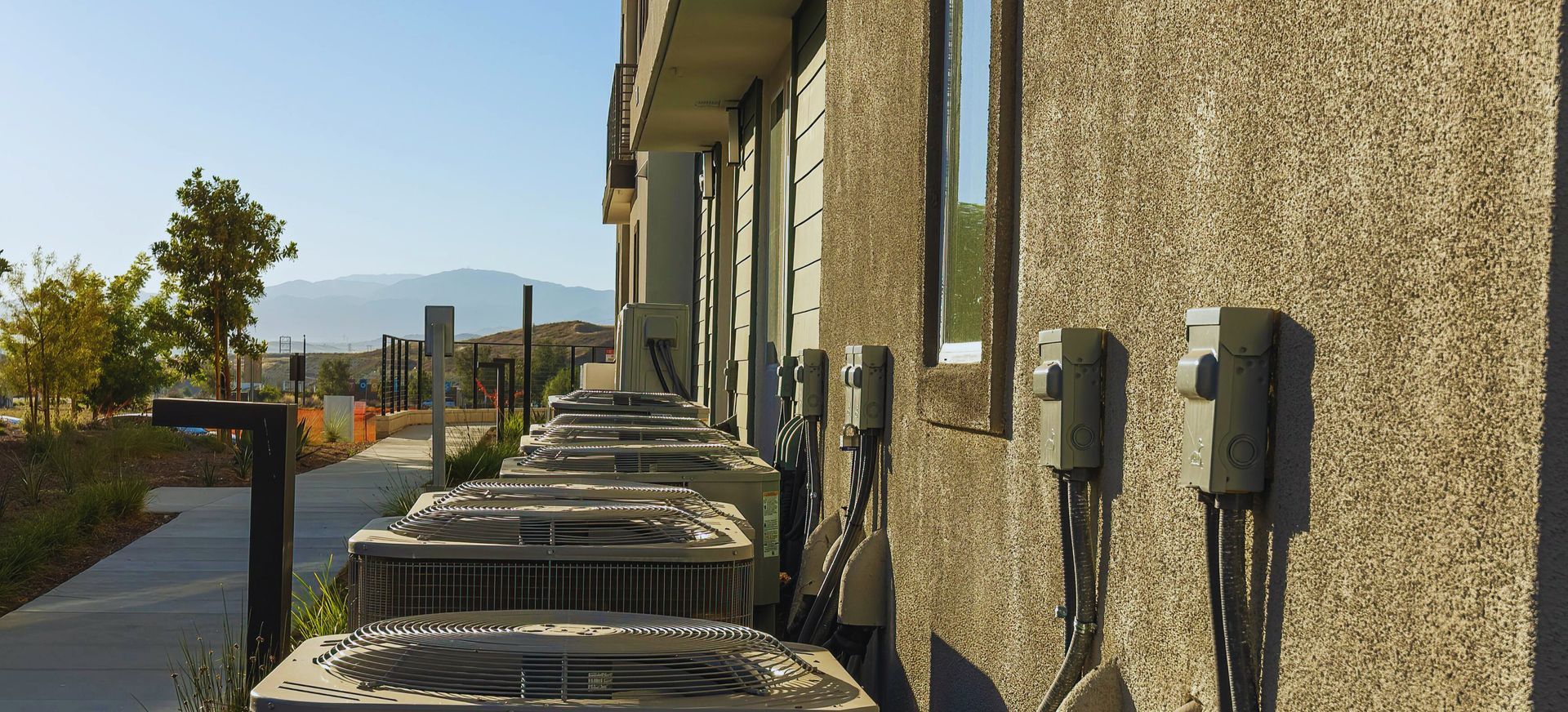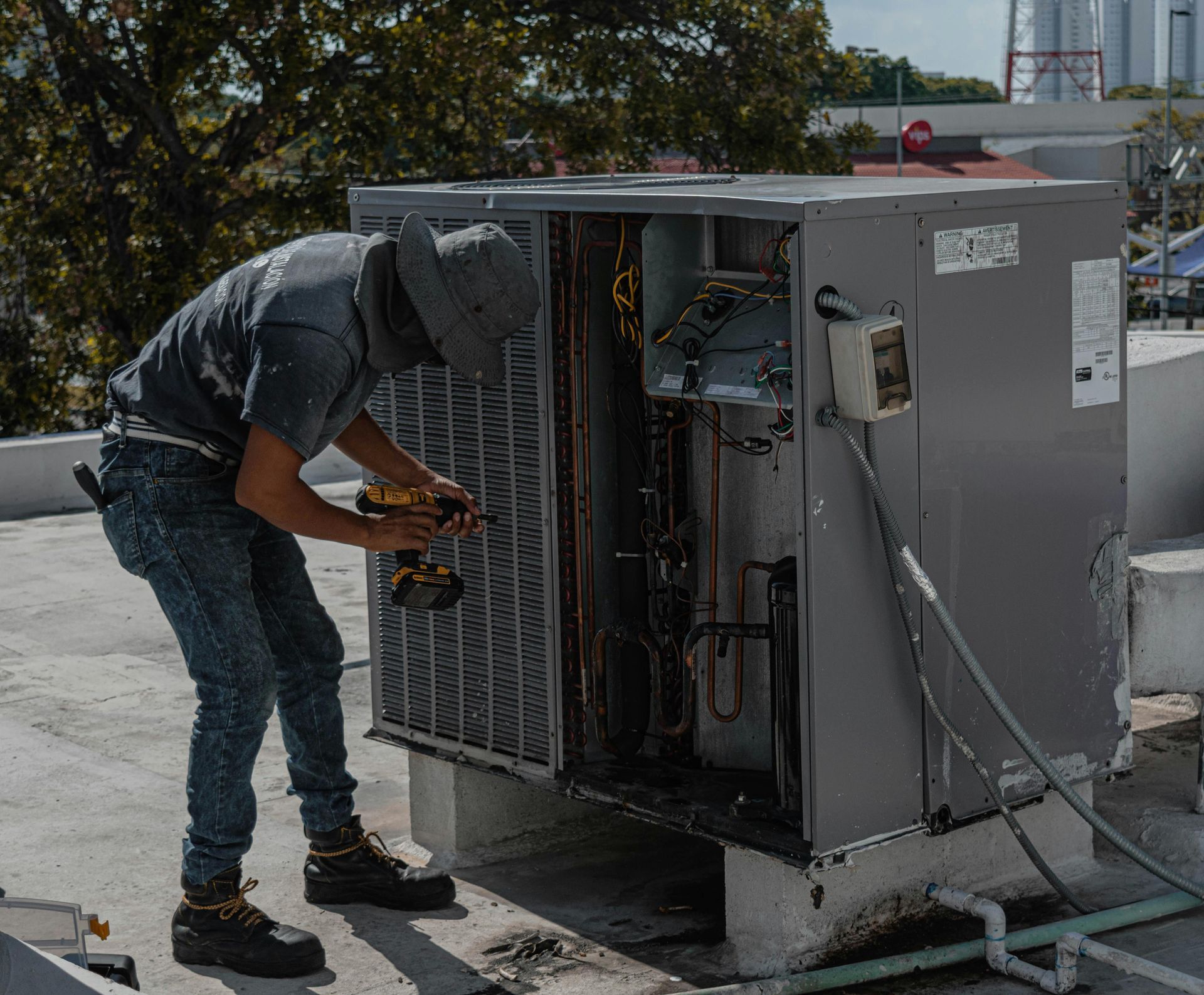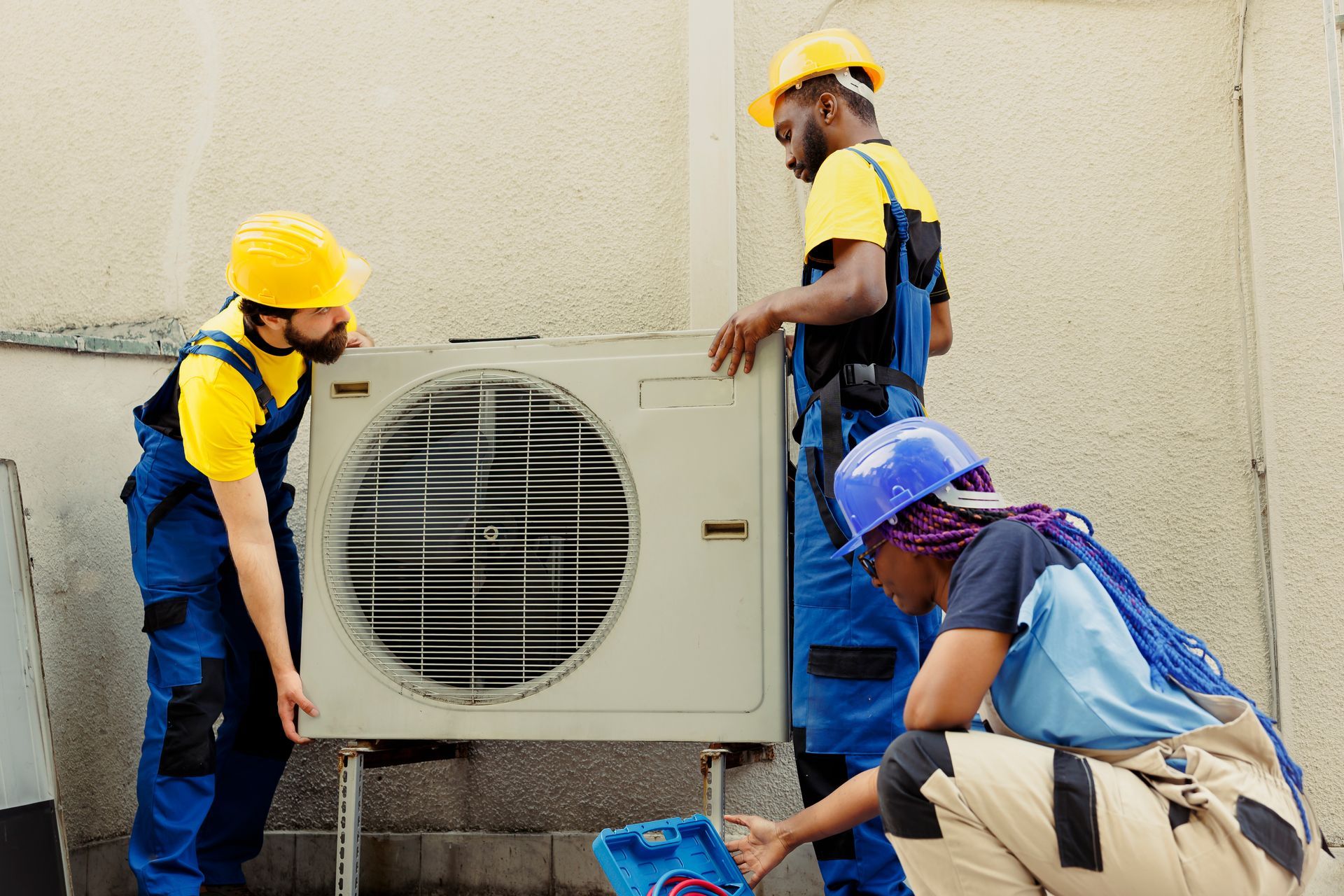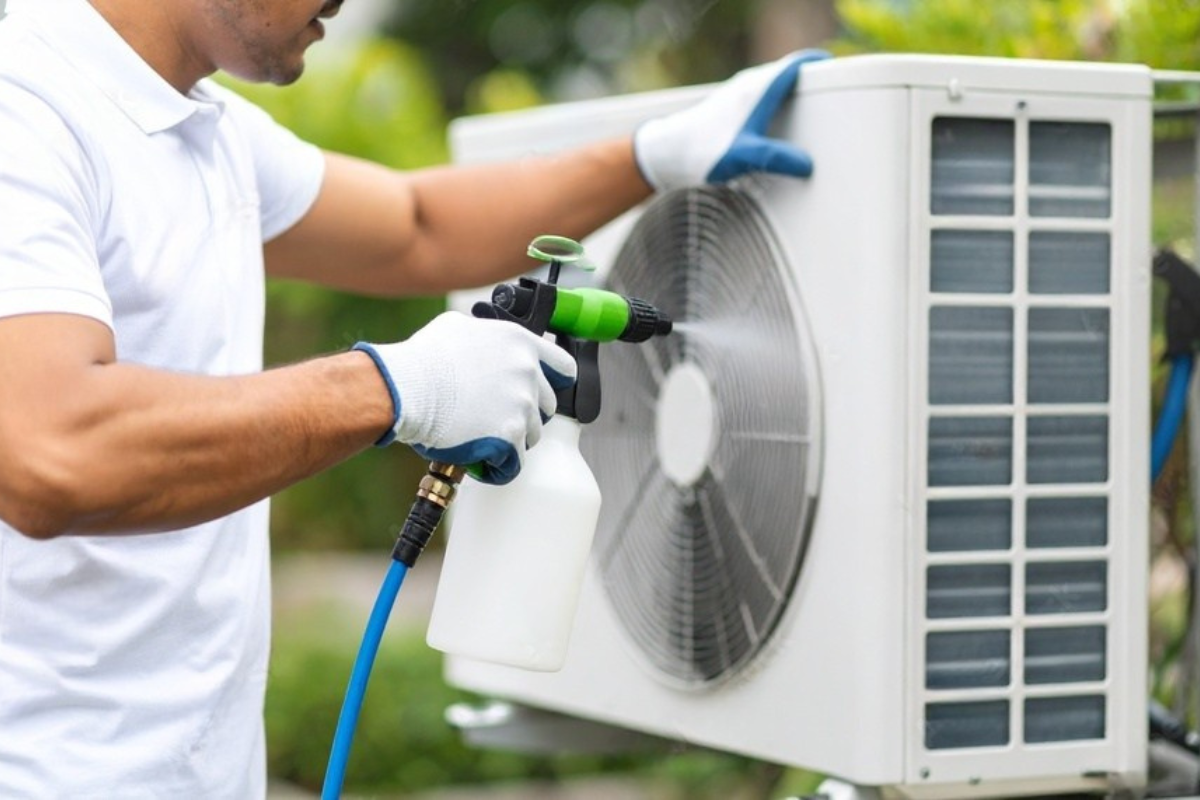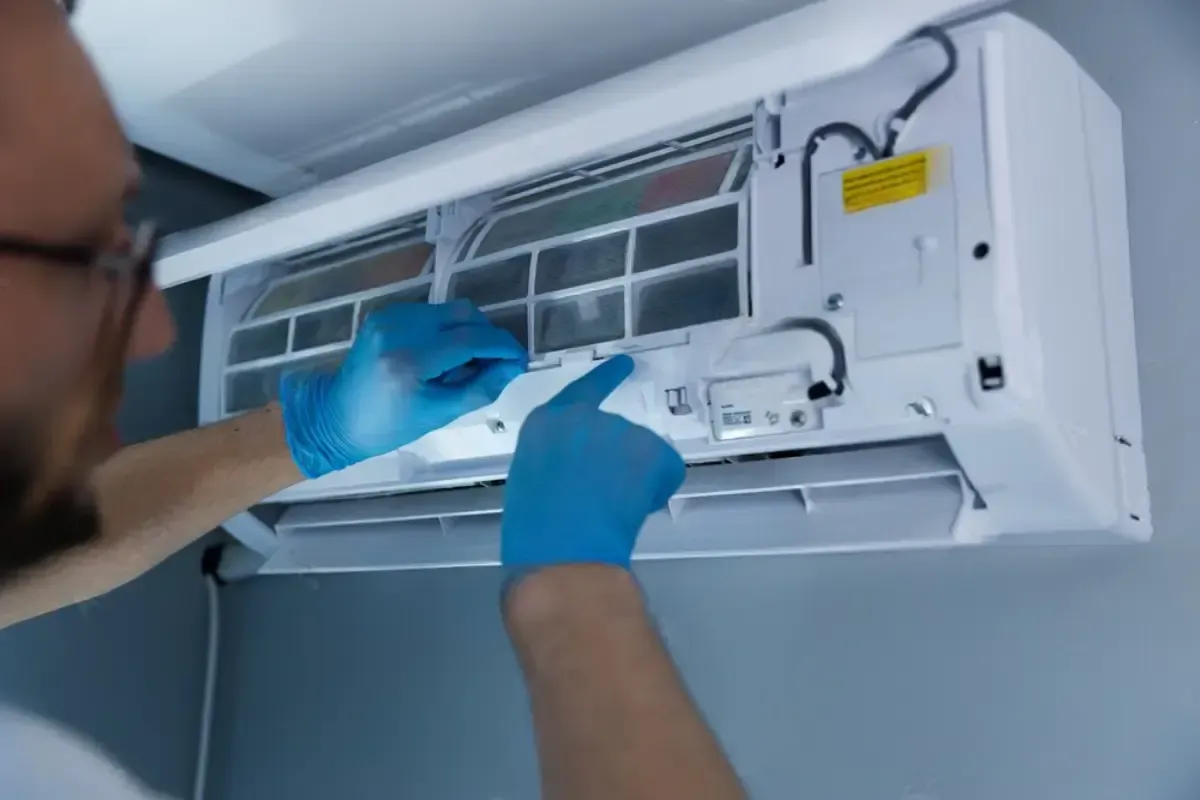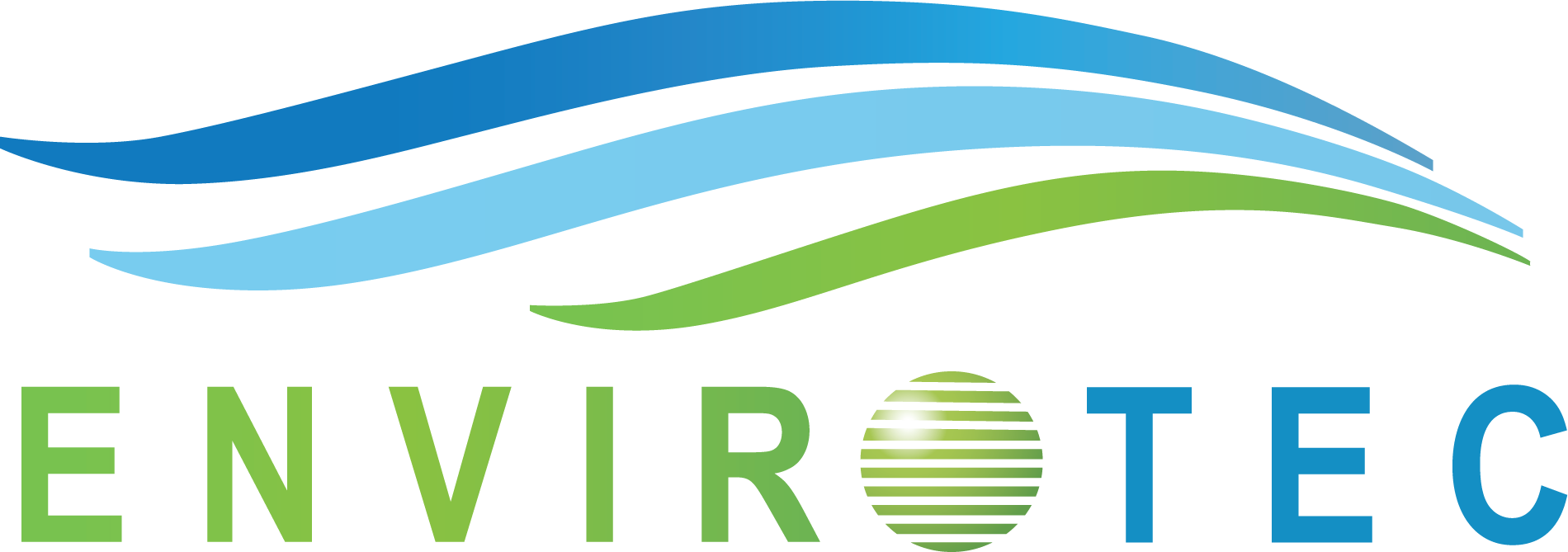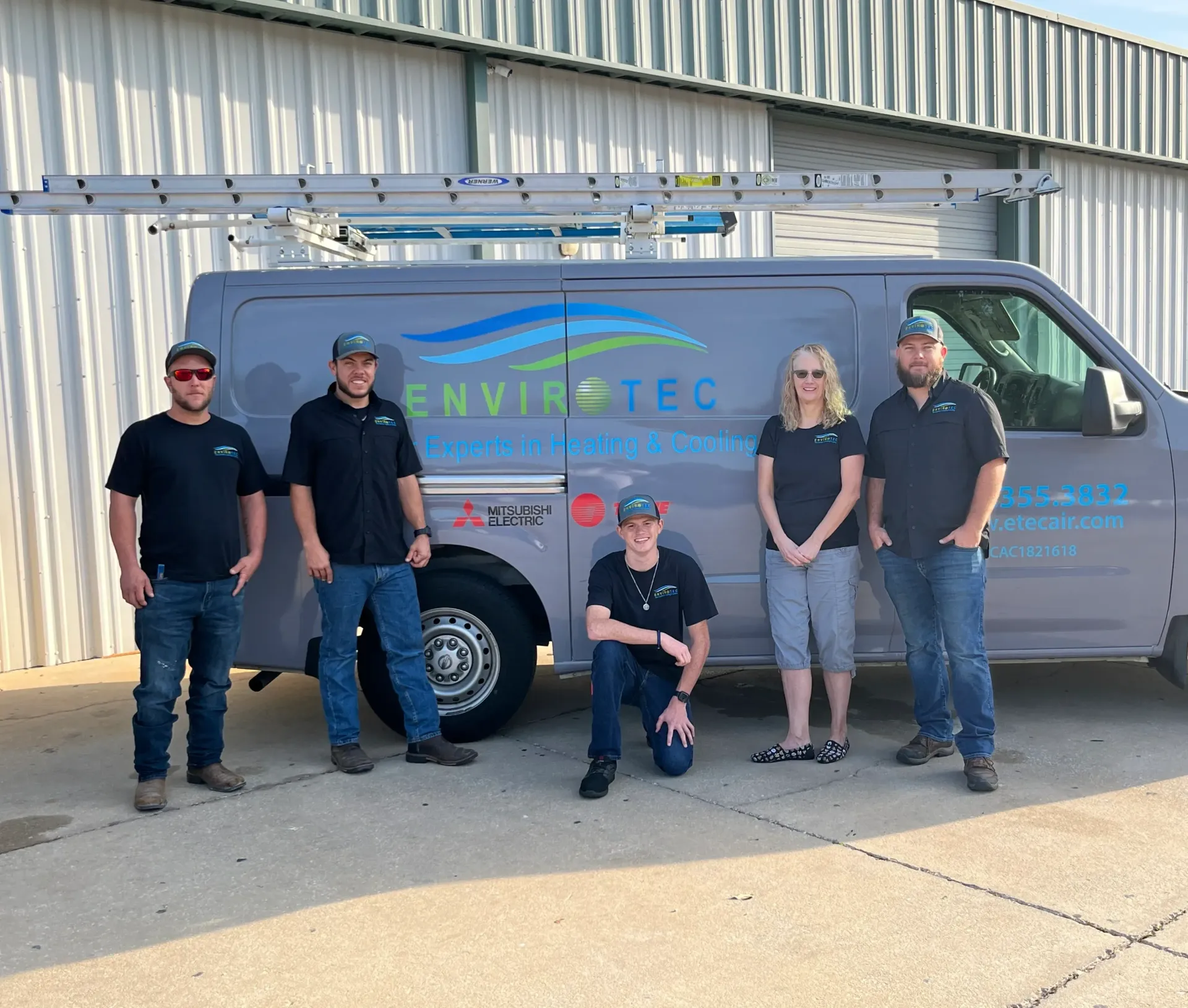What Every Complete HVAC System Tune-Up Should Include
A complete HVAC system tune-up is more than a seasonal appointment—it’s a strategic maintenance ritual that extends the life of your unit, ensures energy efficiency, and improves indoor comfort. From cleaning coils to checking refrigerant levels, each step has a specific role in keeping your system running smoothly.

Understanding HVAC Tune-Ups
An HVAC tune-up is a comprehensive maintenance check and service that targets every component of your heating, ventilation, and air conditioning system. It's like a doctor’s physical—designed to catch problems early and prevent more severe issues later. Technicians review functionality, safety, efficiency, and cleanliness.
Frequency of HVAC Tune-Ups
HVAC experts recommend scheduling a tune-up twice a year—once in the spring for your air conditioning and again in the fall for your heating system. This ensures your system is primed before extreme weather hits.
HVAC System Components Reviewed
During a tune-up, technicians inspect:
- Thermostats
- Air filters
- Blowers and fans
- Coils
- Refrigerant levels
- Electrical systems
- Condensate drains
- Burner assemblies and heat exchangers
Each component receives cleaning, calibration, or replacement if needed.
Benefits of Regular Tune-Ups
Routine tune-ups offer numerous benefits:
- Improve energy efficiency
- Extend equipment lifespan
- Reduce utility bills
- Prevent emergency breakdowns
- Enhance air quality
- Increase safety and comfort
These savings often outweigh the cost of maintenance.
Safety Checks During Tune-Up
A technician will assess for:
- Carbon monoxide leaks
- Electrical short circuits
- Gas line leaks
- Blocked ventilation
- Fire hazards
This is a critical part of a tune-up that protects your home and health.
Inspecting the Thermostat
A faulty thermostat can throw off your entire system. During a tune-up:
- Thermostats are tested for accuracy
- Settings are optimized for comfort
- Programmable units are reprogrammed for seasonal needs
Electrical Connection Review
Loose or corroded electrical connections can cause dangerous shorts or system failures. A technician will:
- Inspect all wiring
- Tighten connections
- Check for voltage irregularities
Lubrication of Moving Parts
Friction is an HVAC system killer. Proper lubrication prevents wear on motors, fans, and belts—ensuring longer life and smoother performance.
Condensate Drain Line Cleaning
If left unchecked, this line can clog, leading to water leaks or mold. Cleaning this line ensures proper moisture disposal and prevents expensive damage.
Inspecting and Replacing Air Filters
Clogged filters reduce airflow and increase energy consumption. Replacing them ensures cleaner air and better performance. Make this a monthly habit even outside professional tune-ups.
Blower and Motor Efficiency Testing
The blower ensures air is circulated correctly. If it’s underperforming, the system strains harder. Technicians test for RPM, amps, and general performance.
System Startup and Shutdown Cycles
Short-cycling (frequent starting and stopping) wastes energy and stresses the unit. Technicians observe these cycles to ensure smooth transitions.
Coil Cleaning and Inspection
Dirty coils inhibit heat transfer. Technicians clean:
- Evaporator coils (indoor)
- Condenser coils (outdoor)
This step significantly boosts efficiency.
Ductwork Visual Inspection
Visible duct issues like gaps, mold, or debris are flagged. Clean and sealed ducts are vital for both efficiency and indoor air quality.
Refrigerant Level Check
Improper refrigerant charge can freeze your coils or cause compressor failure. Levels are checked, and leaks are identified and repaired if needed.
Fan Blades and Belt Inspection
Worn-out belts or unbalanced blades can decrease system performance and increase energy costs. Replacements are done on the spot when necessary.
Adjusting Gas Pressure and Burner Combustion
For gas systems, technicians measure gas pressure and inspect flame quality. Proper settings prevent soot, inefficiency, and unsafe combustion.
Measuring Airflow
Low airflow often points to blocked vents, failing blowers, or dirty filters. Correct airflow maintains consistent temperatures and efficiency.
Checking System Controls
Safety controls, startup sequences, and shut-down functions are tested. These ensure the system runs only when it’s safe and required.
Heat Exchanger Inspection
Cracked exchangers can leak carbon monoxide into your home. Technicians use specialized equipment to detect cracks and ensure safety.
Cleaning Surrounding Areas
A clean HVAC unit operates better. Technicians will:
- Remove leaves and debris
- Clear vents
- Sweep around the outdoor unit
Professional vs DIY Tune-Ups
Homeowners can:
- Change filters
- Clean vents
- Trim around outdoor units
Leave the electrical, refrigerant, and deep internal cleaning to certified professionals.
Choosing the Right HVAC Company
Look for:
- NATE-certified technicians
- Transparent pricing
- Maintenance plans
- Local reputation
If you’re in search of reliable service, check out this HVAC System Service.
Cost of an HVAC Tune-Up
Prices typically range from $75 to $200. Factors include:
- Size of unit
- Location
- Seasonal demand
- Type of system
HVAC Maintenance Plans
Subscribing to a maintenance plan can:
- Lock in lower service rates
- Provide priority scheduling
- Offer discounts on parts and repairs
Seasonal Tune-Up Checklists
Spring (AC Focus):
- Check refrigerant
- Clean coils
- Clear drain line
Fall (Heat Focus):
- Inspect burners
- Clean heat exchanger
- Adjust gas pressure
When to Replace Instead of Tune-Up
If your system is:
- Over 15 years old
- Requiring frequent repairs
- Causing higher bills despite maintenance
It may be time to upgrade.
Environmental Impact
Efficient HVAC systems use less energy, lowering your carbon footprint. Clean systems pollute less and help fight climate change.
FAQs
What is included in an HVAC tune-up?
A thorough inspection of electrical components, filters, coils, motors, gas pressure, and refrigerant, along with cleaning and calibrations.
How often should HVAC systems be tuned up?
Twice annually—once before summer and once before winter.
Can I do my own HVAC tune-up?
You can do basic cleaning and filter changes, but a professional should handle technical inspections.
Why is my HVAC system short cycling?
This could indicate a thermostat issue, dirty filters, or low refrigerant—best diagnosed during a tune-up.
How long does a tune-up take?
Generally 1 to 2 hours, depending on system complexity.
Does HVAC maintenance increase system life?
Absolutely. Regular tune-ups prevent minor issues from becoming major ones.
Final Thoughts
Every complete HVAC system tune-up should include more than a visual glance. It’s a full-spectrum inspection and service package that ensures your home remains comfortable, safe, and efficient. Be proactive. Schedule your HVAC system tune-up and enjoy the peace of mind that comes with knowing your unit is in peak condition.
Want professional assistance? Reach out through this easy Contact form.
Links:
